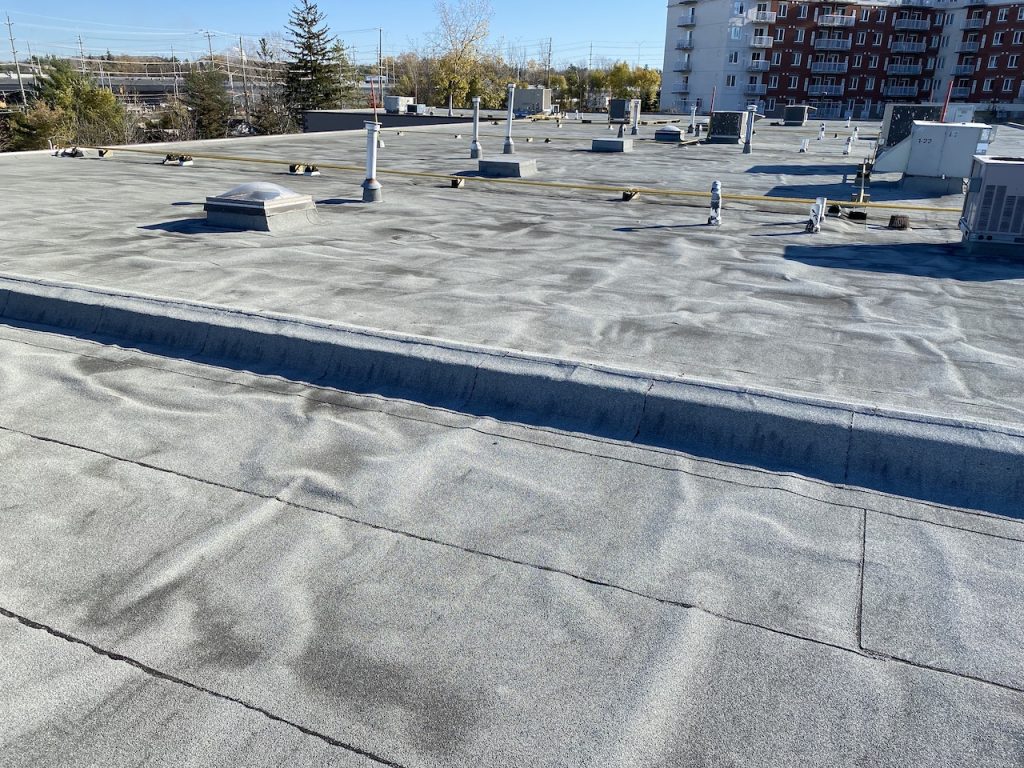
Interested in quantifying how your windows are performing? We test existing and new windows to verify air leakage and water penetration. Contact RRCL for your next project.


Interested in quantifying how your windows are performing? We test existing and new windows to verify air leakage and water penetration. Contact RRCL for your next project.
RRCL was recently at a site in downtown Toronto where the paint is peeling off 100+ year old solid brick masonry. From the street, the peeling paint makes the facade look like it is seriously deteriorating. Upon further inspection, the exterior brick appears to be in satisfactory condition (at least viewing the 2nd floor from the sidewalk). Isolated brick spalling was observed at other locations (e.g. closer to grade, adjacent to high moisture locations such as the downspout), however, it appears the systemic problem is peeling paint rather than brick deterioration.
With further inspection and some supportive lab testing (i.e. frost dilatometry) and hygrothermal simulation (i.e. WUFI), RRCL can assess the risk for of existing brick masonry deteriorating as options to insulate from the interior are considered for this project. Contact RRCL for all your hygrothermal performance questions.
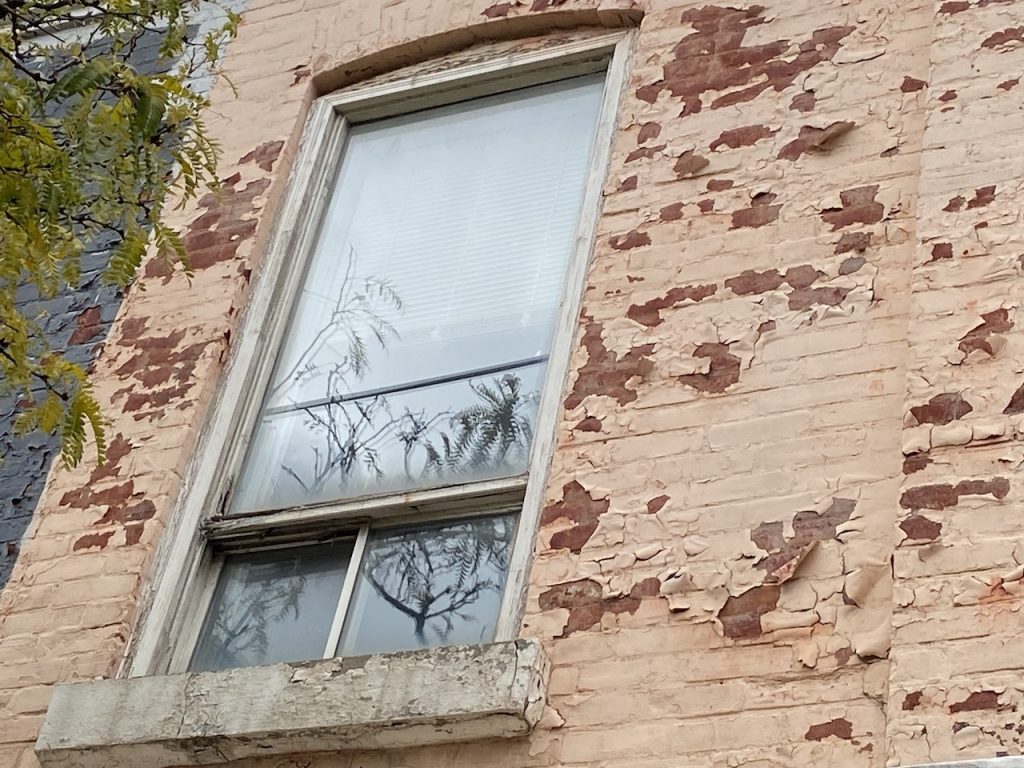
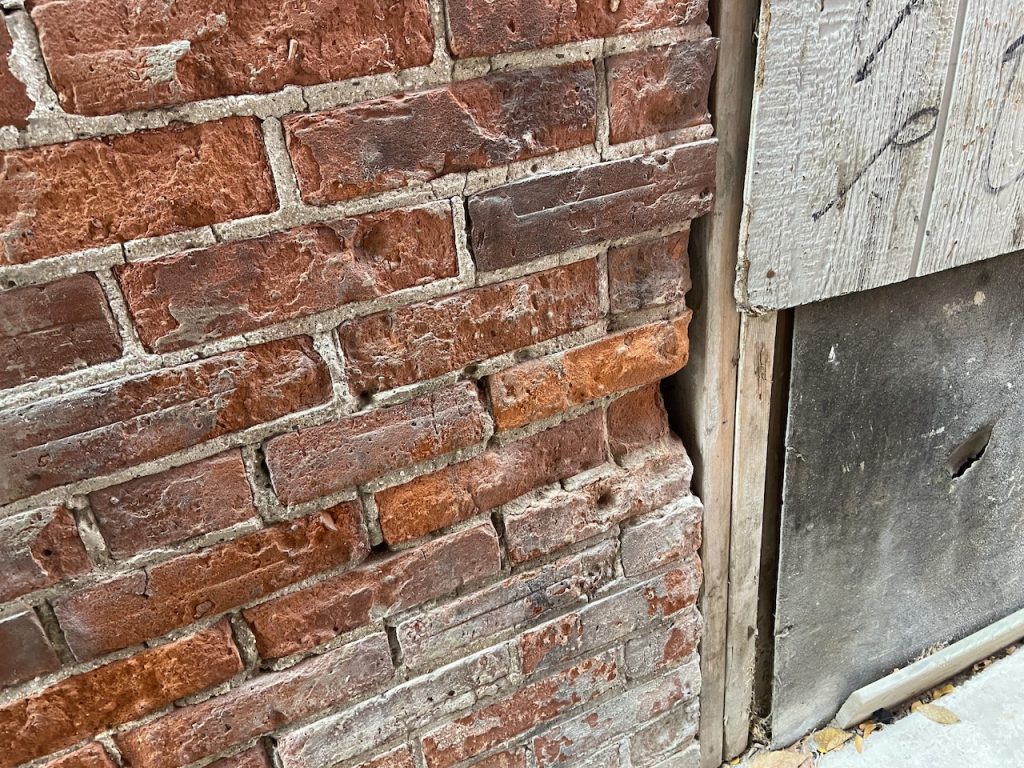
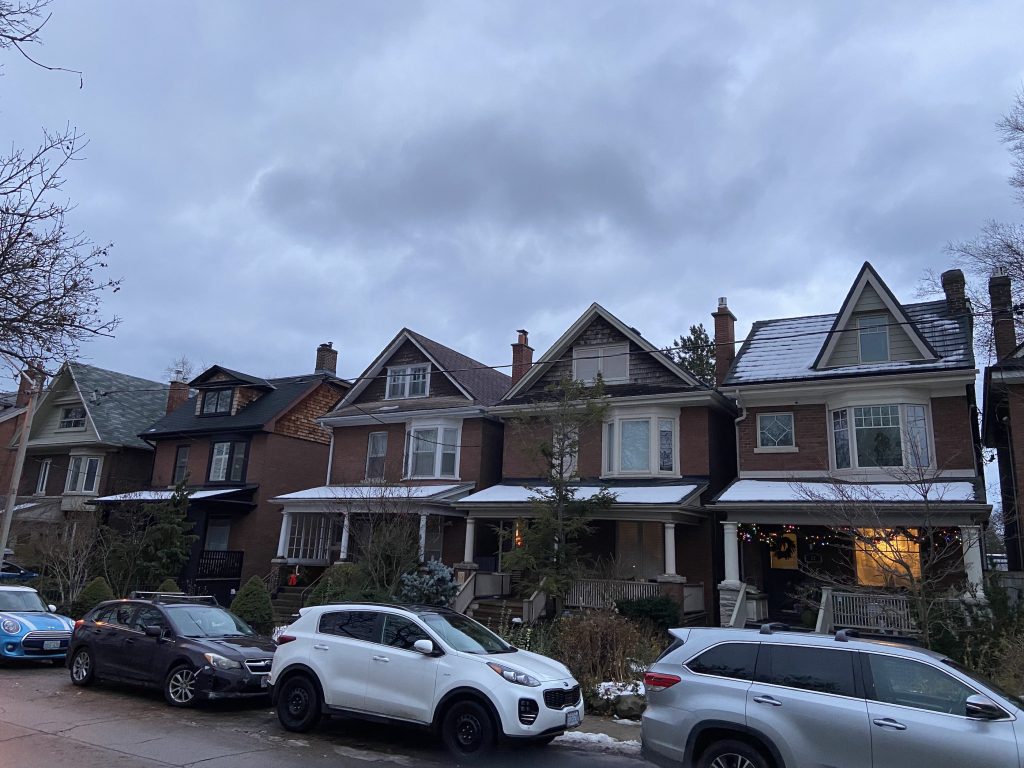
RRCL was the building envelope consultant on this deep-energy retrofit in the east end of Toronto back in 2009/2010. We were in the neighbourhood and stopped by; this is what we saw. Although all the porch roofs still have snow on them (since it’s cold on both sides), only the super-insulated roof on our project still has snow (the one on the far right!)
Contact RRCL for all your building enclosure needs, and yes, we occasionally due single family residential as well!
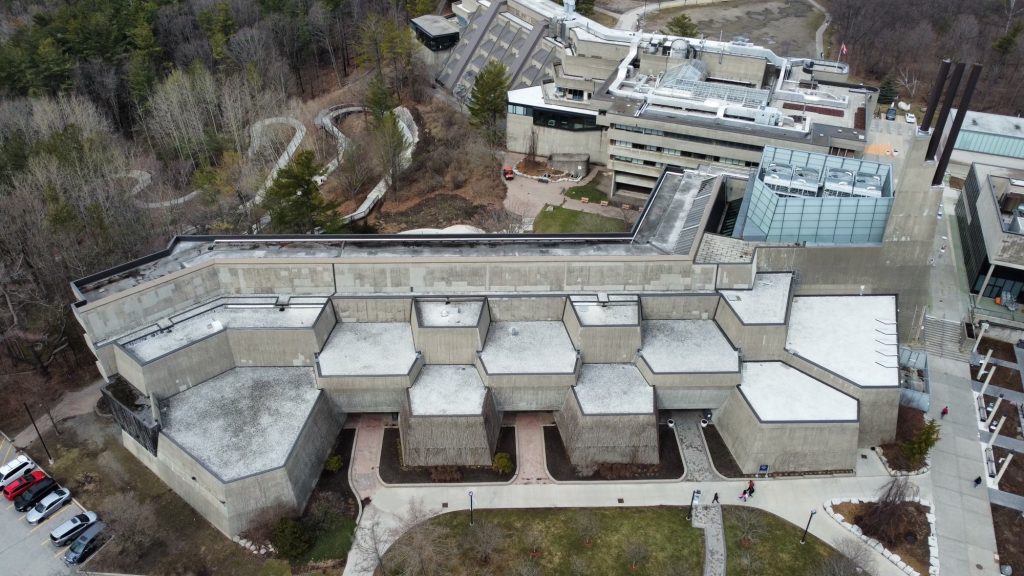
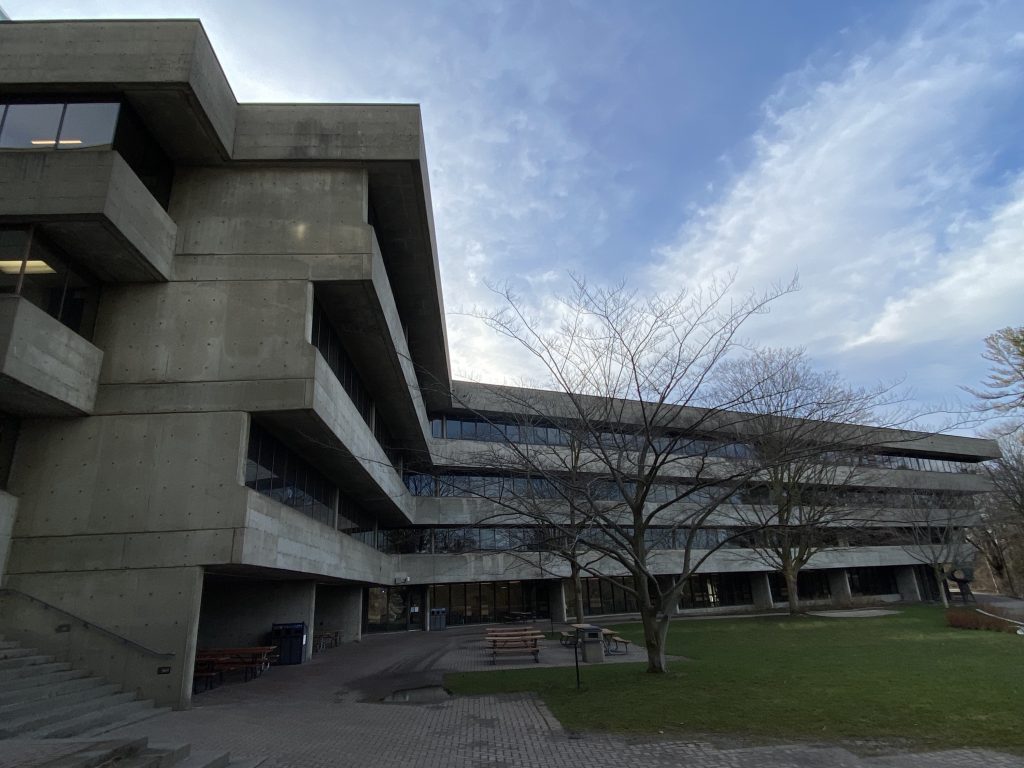
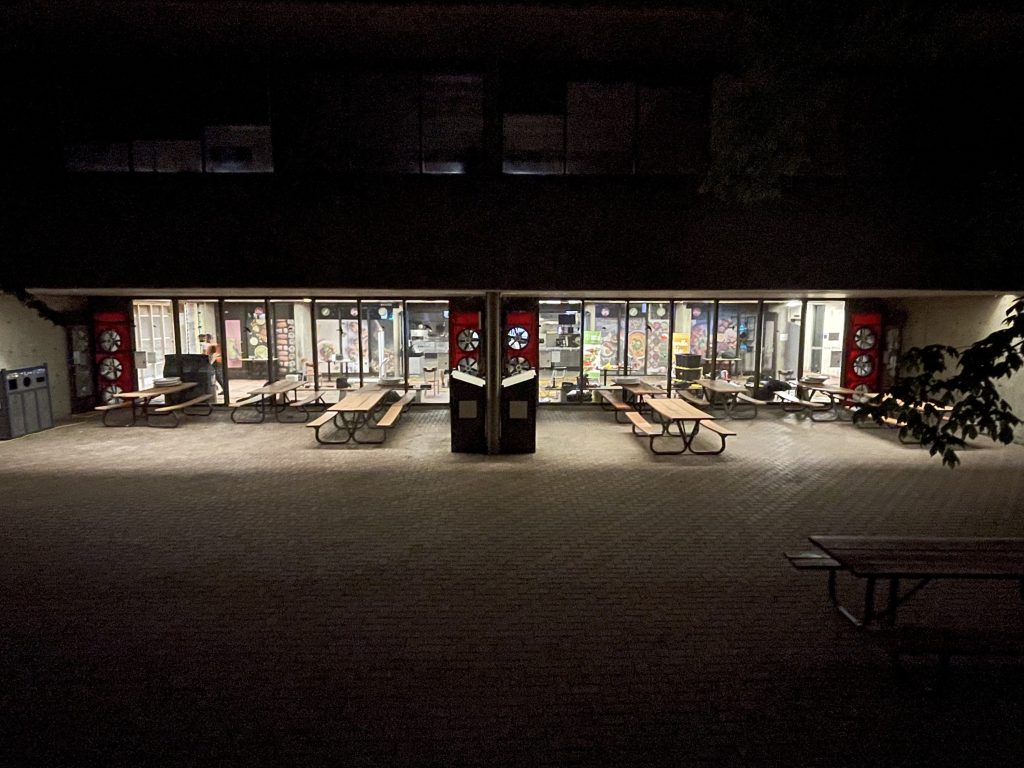
RRCL and Evergreen Building Science recently completed both As-Operated and Envelope-Only whole building airtightness testing at the Humanities Wing Building at the University of Toronto Scarborough (UTSC). This storied building has an incredible history. RRCL and Evergreen were honoured to work along side UTSC’s sustainability team to complete this test.
….and yes, we stayed there all night long!!!
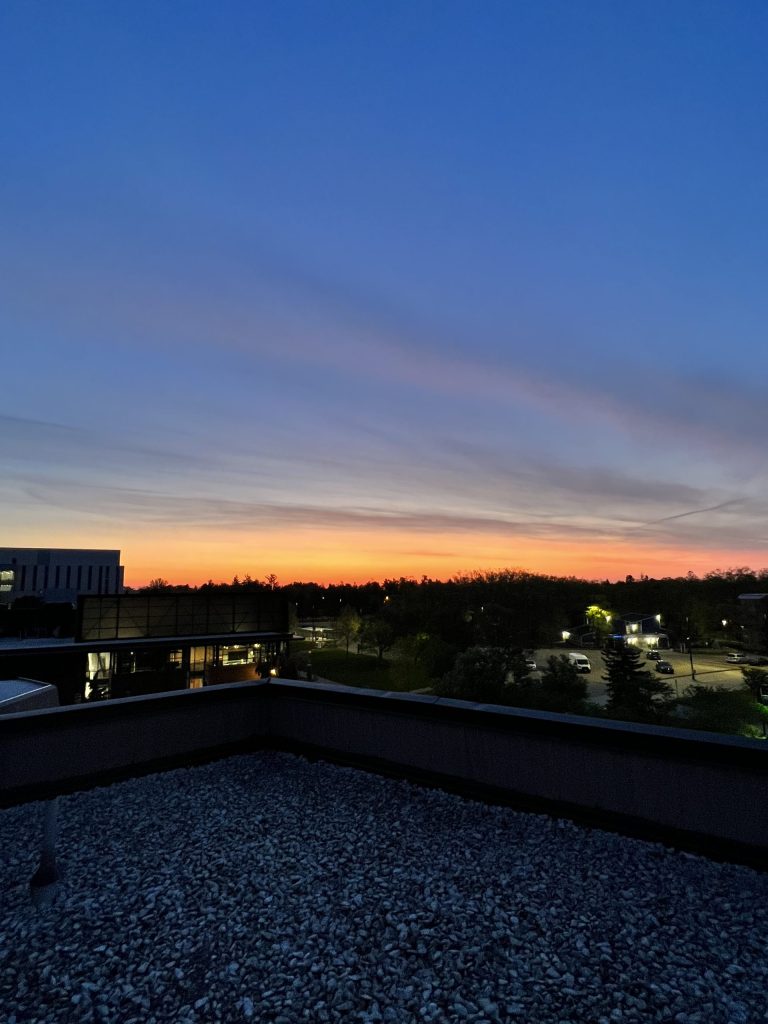
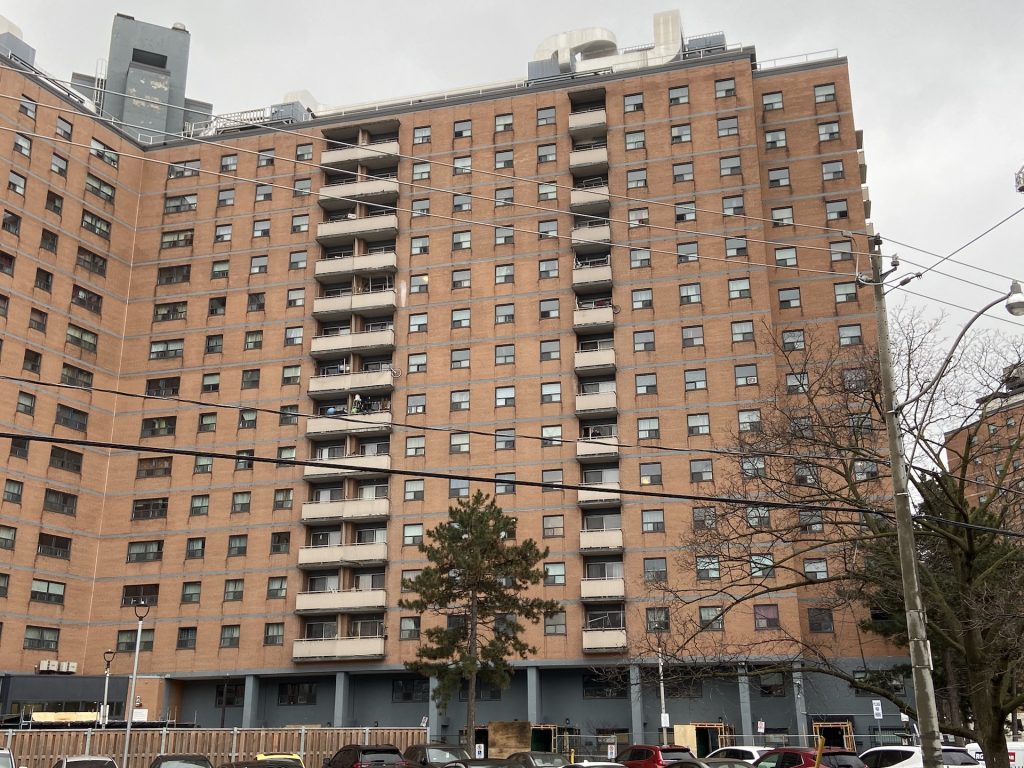
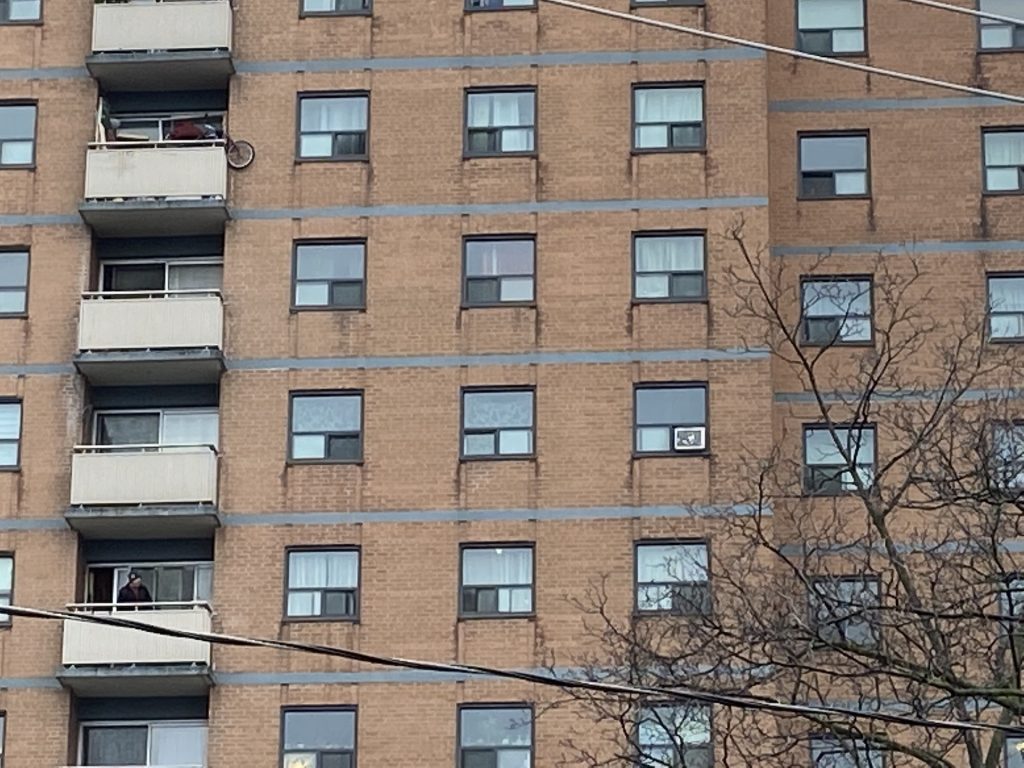
Ever wonder why your building science consultant is always so adamant about proper end- dams at window flashing termination points? As you can see here, the sill flashing is directing a significant amount of bulk water to the brick masonry directly below the window corners. This will result in localized brick deterioration (you can see some deterioration occurring in this photo already). Widespread deterioration will cost $100,000’s to repair throughout the building.
Properly designed and installed end-dams at the sill flashing termination points would force bulk water to shed off the flashing proper, thus reducing/eliminating the staining and deterioration observed in this photo.
Contact RRCL to review, design and oversee your next restoration project. It is, indeed, all in the details!
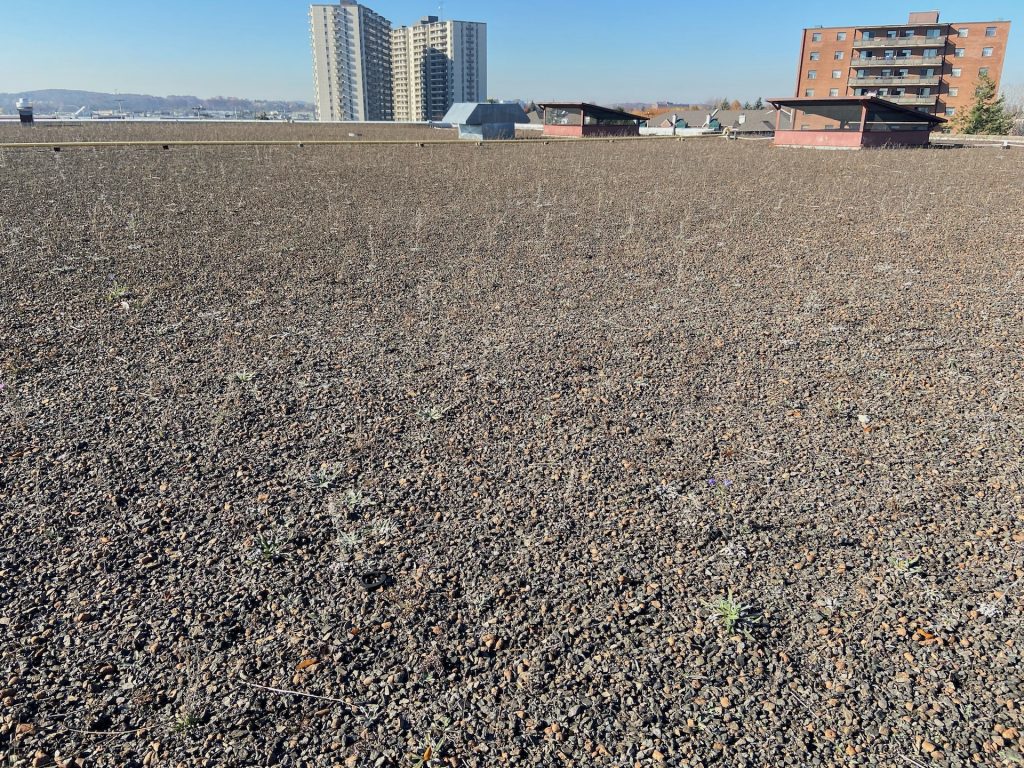
Never let weeds and debris building up on your roof. RRCL was recently on a conventional roof with a built-up roofing membrane and saw all these weeds! It was akin to a small forest! When weeds take root in your membrane cover (in this case it was loose crushed stone) they will shoot roots down towards your roof membrane. As the weeds grow, so do the roots! This increases the potential for damage to your roof membrane. If you need some advice on your roofing, RRCL has over 20 years of expertise in roof design and replacement.
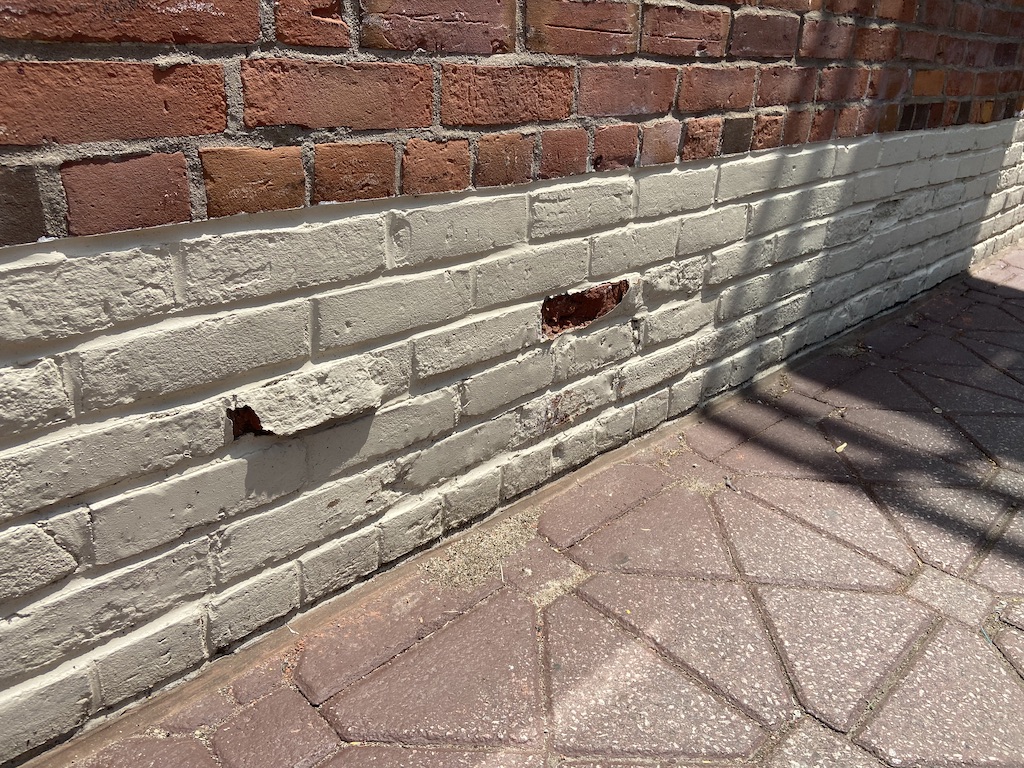
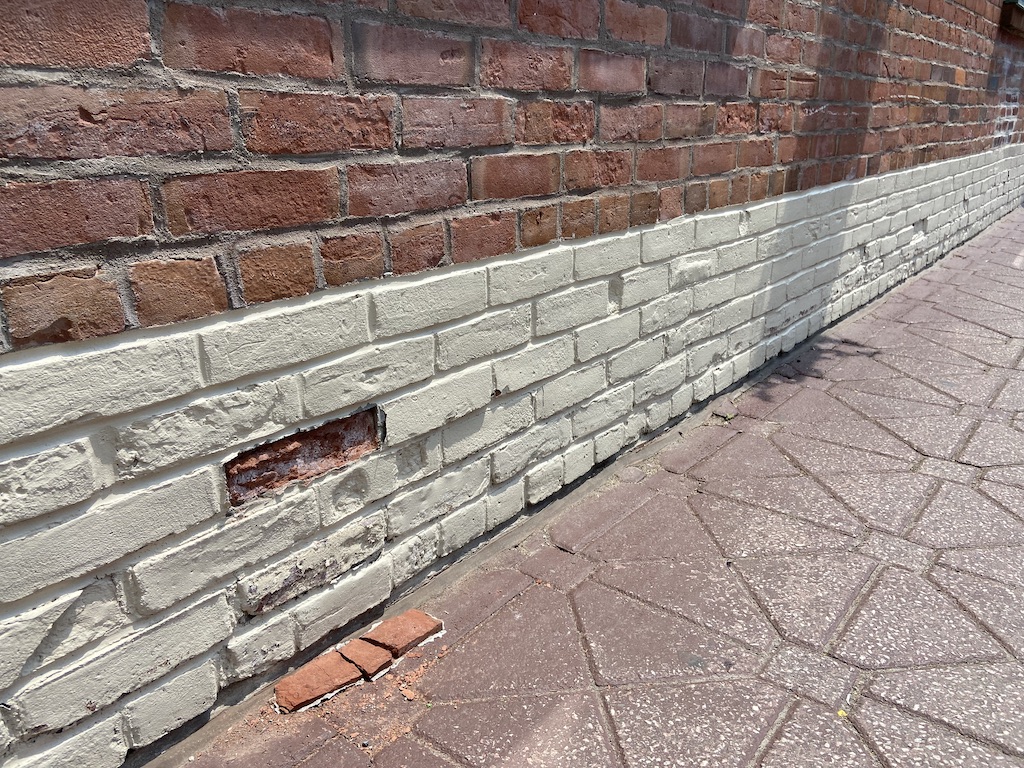
Unfortunately, someone installed an impermeable coating on the lower six courses of this solid brick masonry exterior wall. As you can see, the coating inhibits drying through capillary transport and forces the majority of moisture transport to be through vapour diffusion just below the surface; this leads to salt deposits below the brick surface (subfluorescence) and spalling. The uncoated masonry above is not experiencing this phenomenon.
Contact RRCL for all your enclosure design questions; we have expertise in existing or new construction enclosure design and forensics.
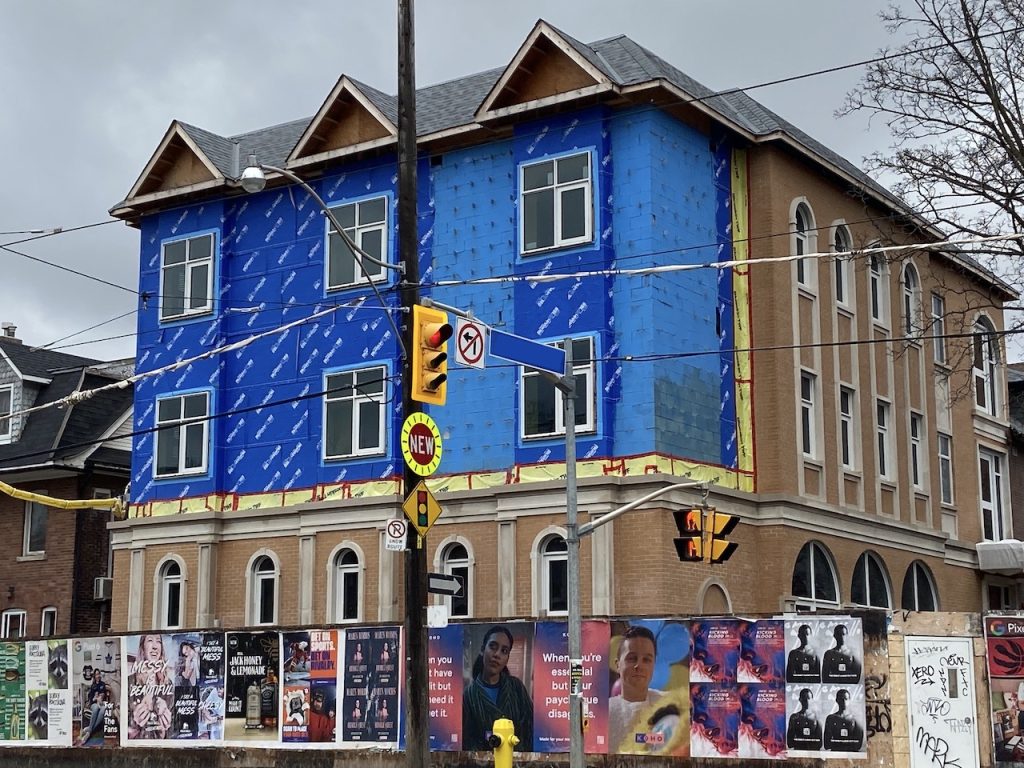
While we do not know the story behind this project, there are three different water resistive barriers (WRB’s) in this picture. RRCL strives to support Architects and Designers to maintain simplicity in their enclosure design. Multiple products can lead to compatibility issues, varying performance (diffusion, air tightness transitions, durability, etc.) and general confusion on site.
Contact RRCL to support your enclosure design. While we suggest RRCL joins the project during pre-design, we have the capability to on-board at any stage in your project.
Recently RRCL and Evergreen were completing a whole building air tightness test with diagnostics.
We have the capacity to use theatrical smoke to fill large spaces and find discontinuities in the air barrier system…like this one!
RRCL was recently reviewing a conventional two-ply mod-bit roof and observed all these blisters! Happy that Property Management are not reporting leaks, however, this is not what you want to see on your roof. Why do YOU think this is happening? Contact RRCL if you want to know the likely answer…!
